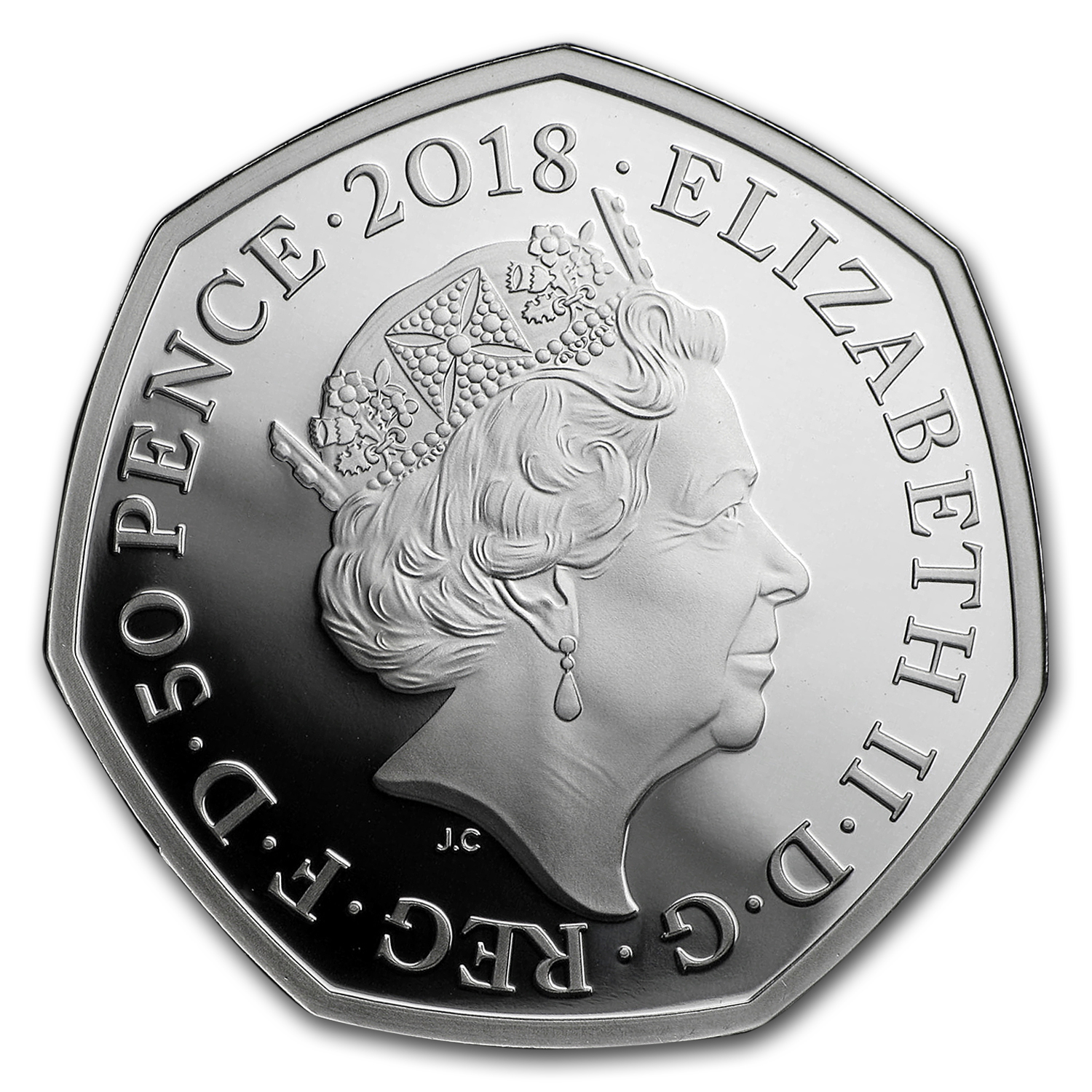


The Coin is placed in its own coin case with its corresponding name elegantly displayed. The process is not finalised yet, the coin is then moved to the polishing stage. Then once the coin has been chemically cleaned, the coin is rinsed then ready to move to the plating stage, We then submerge the coin in 24ct real gold - at this point layers of real gold is chemically adhered to the surface metal which still amazes us till this day. The coin has undergone a few steps to achieve the end result, we had to chemically clean and pepeare the metal for plating. Designed by Emma Noble, the design features The Tailor of Gloucester in the centre of the reverse of the coin. This is the first UK coin to feature The Tailor of Gloucester and is part of the third series of Beatrix Potter 50ps the 20 series proved to be extremely popular with coin collectors. The 2018 Tailor of Gloucester 50p coin has been issued to celebrate one of Beatrix Potter's most loved children's tales, 'The Tailor of Gloucester’. There are also 29 different variants which were minted in 2011 in celebration of the 2012 Summer Olympics.South Georgia & South Sandwich Islands (GBP £) Besides the coins intended for circulation, the Royal Mint have issued silver (normal and Piedfort), platinum and gold proof versions of the 50 pence piece. The reverse has shown a large variety of important UK milestones or people, and in doing so has made the coin very popular with collectors. 1998-2015 - Designer: Ian Rank-Broadley FRBS.

ceased to be legal tender) in 1998.Īll coins have an obverse featuring the portrait Queen Elizabeth II.

The coin is made of Cupro-Nickel (75% copper, 25% nickel). Originally, the coin has a diameter of 30mm and weighed 13.5g, but in 1997 this was replaced with a smaller version of diameter 27.3mm and weight of 8g. The coin has 7 sides (heptagonal) but has rounded corners on each apex so that the coin will roll and work in vending machines. It replaced the 10 shilling note, both being equivalent to half of one pound (£0.50). The British Fifty Pence (50p) coin was introduced in October 1969 as part of the decimalisation of the British currency.


 0 kommentar(er)
0 kommentar(er)
